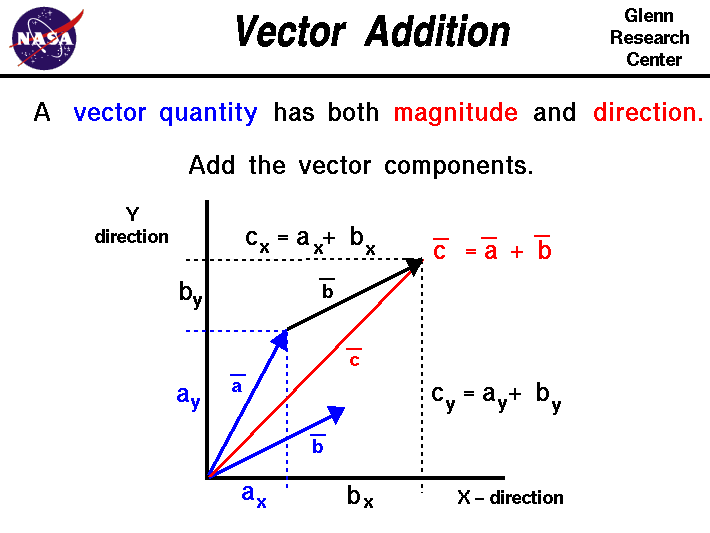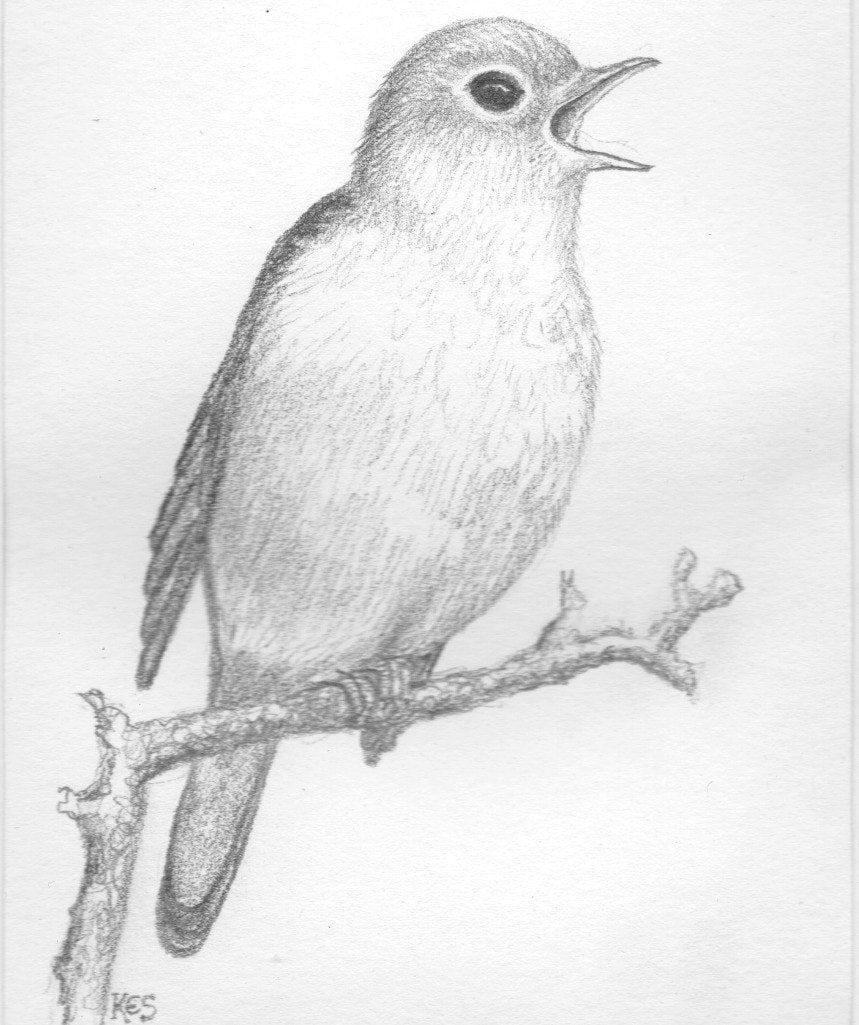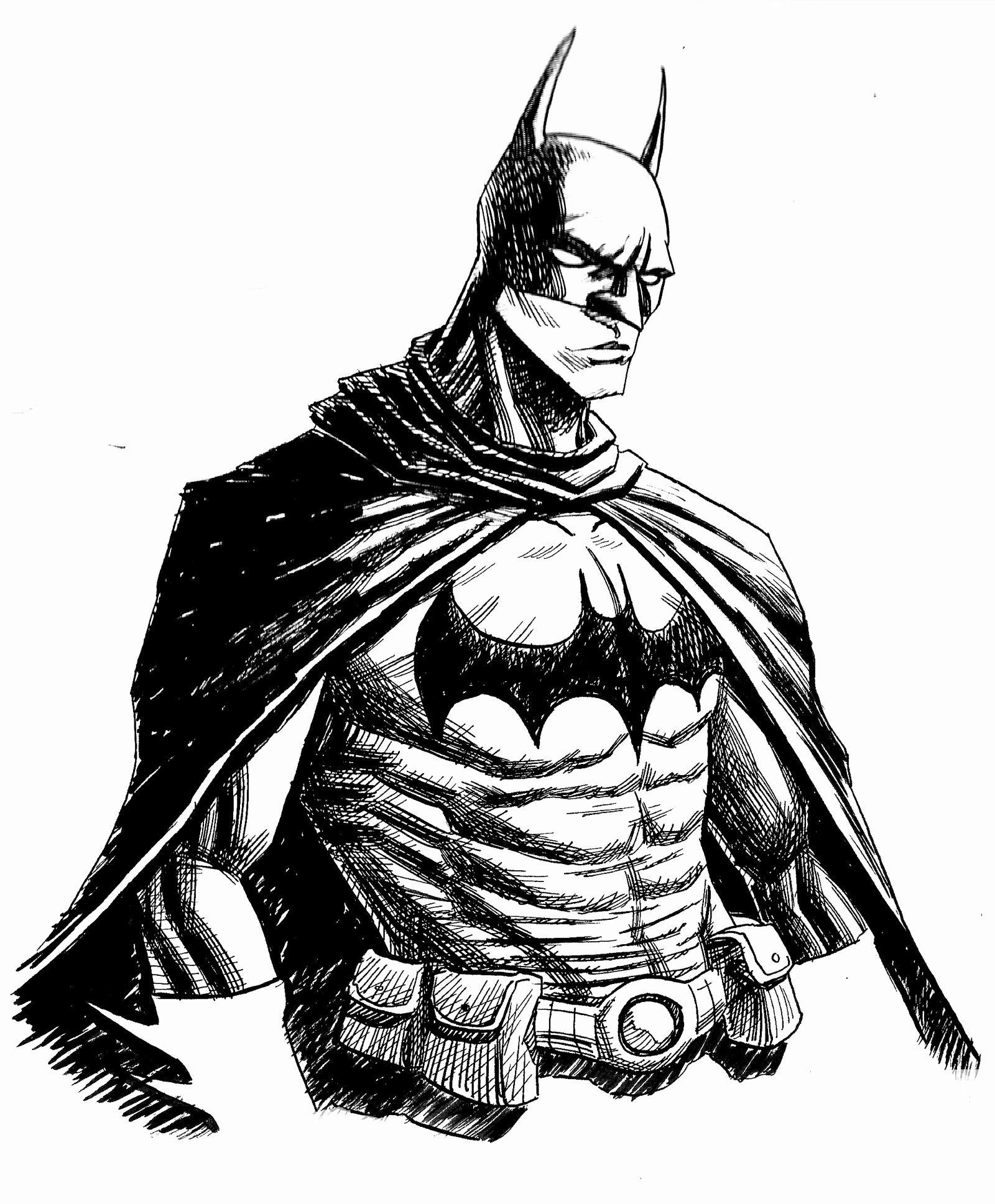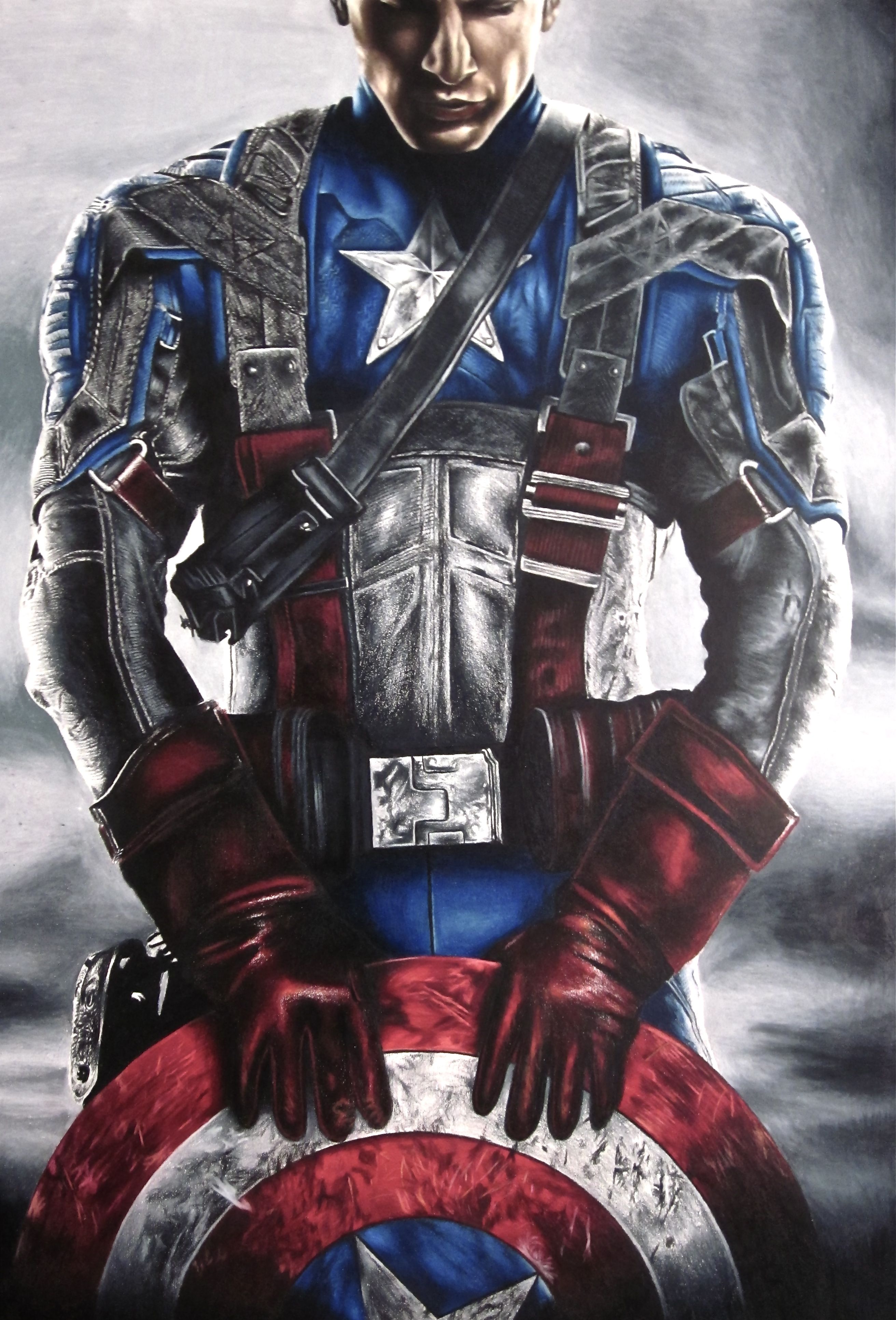Finally, draw a line connecting the tail of the first vector to the tip of the second vector. Draw a vector diagram to find the resultant force.
Draw A Quick Sketch Of Graphically The Resultant Force, Help teach it by adding your drawings to the world’s largest doodling data set, shared publicly to. Choose a scale and include a reference direction. An interactive plot of 3d vectors.
The sketch shows a conical pendulum. • the resultant is a vector that begins at the origin and ends at the tip of the last vector drawn. Resultant force is the combination of 2 or more forces. Express each force f 1, f 2, and f 3 in unit vector notation.
College Physics Handout 1 Review Vectors and Coulomb Force
Drawn in a clockwise direction to fit with the direction of the arrow strength. R == 77.1lb, 85.4a r =77.1lb 85.4 (so, two sketches for each problem). See how two vectors are related to their resultant, difference and cross product. Draw a vector diagram to find the resultant force. V�a actually a resultant force of 10 n (10 mm) in the horizontal right.

Determine The Magnitude Of The Resultant Displacement By, The resultant would be 25n if the two forces were in opposite directions, 180° apart. Draw a rough sketch of the situation. Finding resultant force using component method 1. Resultant force is the combination of 2 or more forces. (i) choose a suitable scale to represent the given forces.

draw a graph showing the variation of frictional force, A quick sketch, rather than measurements, Determine the magnitude and coordinate direction angles of the resultant force, and sketch this vector on the coordinate system. The tension t and weight w are shown by vectors. (ii) take any point a. Knowing that p =60 lb and q=25 lb, determine graphically the magnitude and direction of their resultant using (a) the.
A2 physics mechanics question The Student Room, This animated.gif shows the steps described below. A point in equilibrium is acted on by three forces. Solution (arallelogram law:a) p (riangle rule:b) t e measure: One force has a magnitude of 10n and the other force has a magnitude of 8n. Determine the magnitude and coordinate direction angles of the resultant force, and sketch this vector on the coordinate.

Vector Addition (solutions, examples, videos), This animated.gif shows the steps described below. When an object is subject to several forces, the resultant force is the force that alone produces the same acceleration as all those forces. Draw a vector diagram to find the resultant force. The force exerted by each tractor is indicated in the diagram. Two forces p and q are applied as shown.

Physics Archive August 28, 2016, Show calculations details c) direction of the resultant force (0). Force can be calculated using newton’s 2nd law, force = mass x acceleration or f=ma. Finally, draw a line connecting the tail of the first vector to the tip of the second vector. The force exerted by each tractor is indicated in the diagram. Knowing that p =60 lb and.

Resultant Vector Physics Engineers Edge www, (i) choose a suitable scale to represent the given forces. Determine the resultant of the force system shown in figure below. (so, two sketches for each problem). Force can be calculated using newton’s 2nd law, force = mass x acceleration or f=ma. F= 525 n 60 120 f= 450 n.
Solved Determine The Magnitude And Coordinate Direction A, This animated.gif shows the steps described below. It is the shortest distance between the beginning and the end of the path created. (see the parallelogram rule in chapter 5.) what is the name of this resultant force? Finally, draw a line connecting the tail of the first vector to the tip of the second vector. Cut be= force f 2:

The Sum of Two Vectors a2levellevelrevision, physics, Determine the resultant of the force system shown in figure below. A force of 280n and a force of 320n are acting on an object. • the resultant is a vector that begins at the origin and ends at the tip of the last vector drawn. Solution (arallelogram law:a) p (riangle rule:b) t e measure: Finding resultant force using component.
Solved Draw The Shear Force And Bending Moment Diagram. L, This animated.gif shows the steps described below. When using methods for the algebraic representation to find the resultant of two forces, it can be helpful to understand the components of a force. Use the component method to obtain the resultant force vector f comp in unit vector notation. (ii) take any point a. The sketch shows a conical pendulum.

Vector Scale Diagrams, Show the resultant graphically by adding the vectors. Show calculations details c) direction of the resultant force (0). Determine the magnitude and coordinate direction angles of the resultant force, and sketch this vector on the coordinate system. F= 525 n 60 120 f= 450 n. This animated.gif shows the steps described below.

Find the resultant force YouTube, The force exerted by each tractor is indicated in the diagram. Once this is setup, users can add necessary loading using distributed loads and point loads to apply your forces to the structure. Express each force f 1, f 2, and f 3 in unit vector notation. The sketch shows a conical pendulum. • the resultant is a vector that.

UNIBRAINLY Vector Operations, In the diagram, we draw vector (\color{black}{\vec{a}}), then (\color{black}{\vec{b}}). See how two vectors are related to their resultant, difference and cross product. For example, if 4 forces act on a block and cause it to accelerate 1 m/s 2 south, then the resultant force is the force that, if applied alone to the block, will also make it accelerate 1.

Determine the magnitude of the resultant force acting on, The resultant force could have values ranging from 25n to 125n. Finding resultant force using component method 1. Graphical techniques involve drawing accurate scale diagrams to denote individual vectors and their resultants. The effect on a body produced by 2 or more forces acting on it will be the same as that produced by their resultant force. Here there�s no.

Does anyone know how draw the acceleration vs time curve, When using methods for the algebraic representation to find the resultant of two forces, it can be helpful to understand the components of a force. F ~ 1 +f2 = f2 +f1 = r figure 3.2: Choose a scale and include a reference direction. Express each force f 1, f 2, and f 3 in unit vector notation. Both forces,.

Drawing force diagrams and finding the resultant net force, Here there�s no complete cycle ie not ends at the starting point, means that this is an effective resultant force and the object is not in a state of equilibrium. Graphical techniques involve drawing accurate scale diagrams to denote individual vectors and their resultants. Solution (arallelogram law:a) p (riangle rule:b) t e measure: When added together to obtain the vector.
5 Identify All Forces Acting On The Object And Draw The, A force of 280n and a force of 320n are acting on an object. Graphical techniques involve drawing accurate scale diagrams to denote individual vectors and their resultants. (iii) from point b, draw be parallel to of2. Show calculations details d) draw a sketch of the resultant force with angle 52 kn 20 kn 12 80。 on 12 3 40kn.

Vector Scale Diagrams Diagram, Vector, Vector drawing, Consider the following five force vectors. The resultant force is shown as the dashed vector. From a, draw vector ab parallel to force of1. Show calculations details c) direction of the resultant force (0). Express each force f 1, f 2, and f 3 in unit vector notation.

Vector diagrams of forces graphical solution Engineersfield, See how two vectors are related to their resultant, difference and cross product. W r = = ∞179 75 1 n, a. Two forces p and q are applied as shown at point a of a hook support. When vectors represent forces, their sum is called the resultant. This means if there is a resultant force, then the velocity will.

College Physics Handout 1 Review Vectors and Coulomb Force, When added together to obtain the vector length of the resultant force ( f r), this becomes a single vector of 4 cm +5 cm =9 cm long representing a force of 45 n acting at the point p. Choose a scale and include a reference direction. Force can be calculated using newton’s 2nd law, force = mass x acceleration.

Vector Addition, See how two vectors are related to their resultant, difference and cross product. A + c + d b + e + d V�a actually a resultant force of 10 n (10 mm) in the horizontal right. © 2012 project lead the way, inc. The first rope makes an angle of 30 ° with the ceiling, while the second rope.

Vector Addition with Parallelogram Method YouTube, The bob swings in a circular path. The resultant would be 125n if the two forces were in the same direction, 0° apart. Here there�s no complete cycle ie not ends at the starting point, means that this is an effective resultant force and the object is not in a state of equilibrium. Solution (arallelogram law:a) p (riangle rule:b) t.

magnitude of a vector DriverLayer Search Engine, Force f1 has components 15 n due south and 13 n due west. • the resultant is a vector that begins at the origin and ends at the tip of the last vector drawn. If the angle between the two forces were between 0° and 180°, the resultant would be between 25n and 125 n. A force of 280n and.

PPT Force directed graph drawing PowerPoint Presentation, The force exerted by each tractor is indicated in the diagram. Consider an example of force involving two ice skaters pushing a third as seen in figure 5.7. In the diagram, we draw vector (\color{black}{\vec{a}}), then (\color{black}{\vec{b}}). For each problem, first sketch the pressure distribution(s) acting on the object, then in a separate sketch, draw the fbd with the resultant.

Draw a forceextension graph with tikz The 2019 Stack, R =179 n 75.1 ∞ Force can be calculated using newton’s 2nd law, force = mass x acceleration or f=ma. A + c + d b + e + d Can a neural network learn to recognize doodling? The resultant force could have values ranging from 25n to 125n.

Vector Addition, Clearly label the resultant (r). The resultant force is shown as the dashed vector. Sketch of the sphere hanging from the two ropes attached to the ceiling. (i) choose a suitable scale to represent the given forces. F ~ 1 +f2 = f2 +f1 = r figure 3.2:












